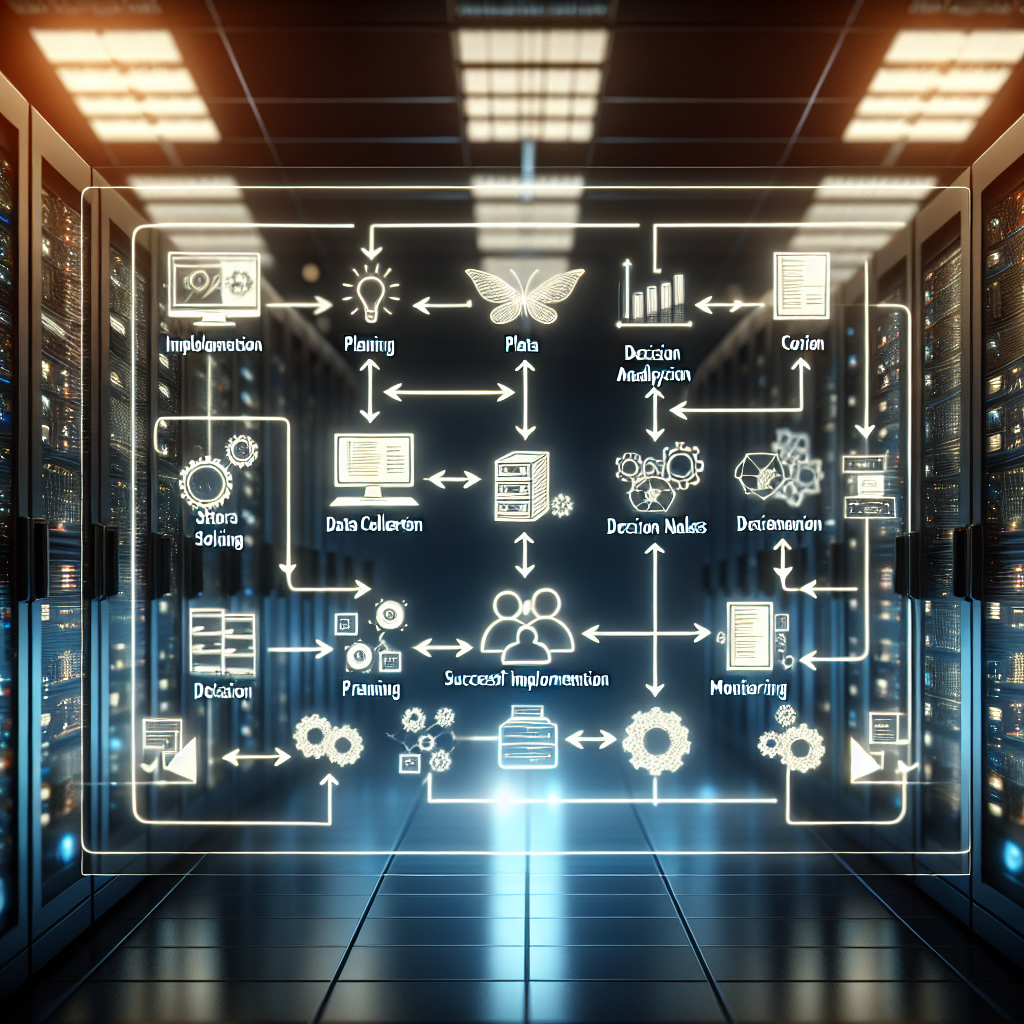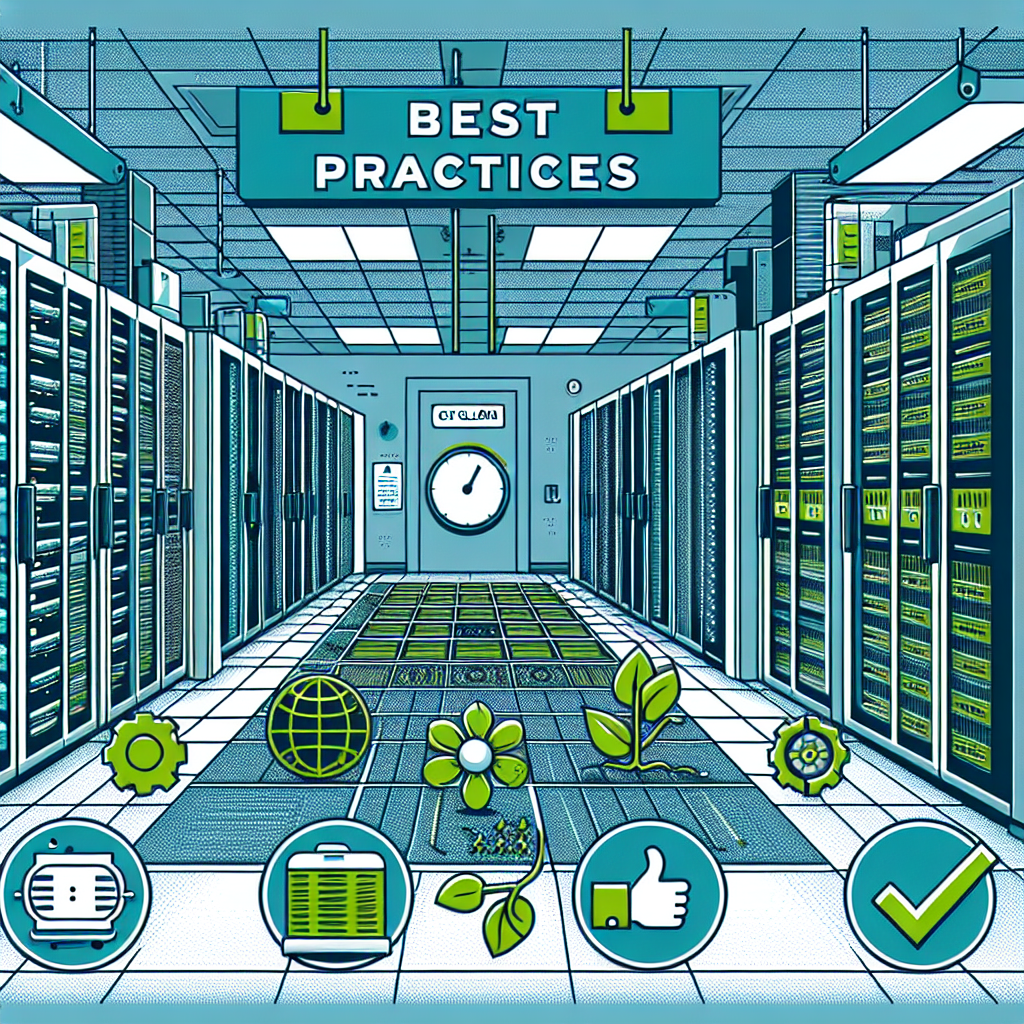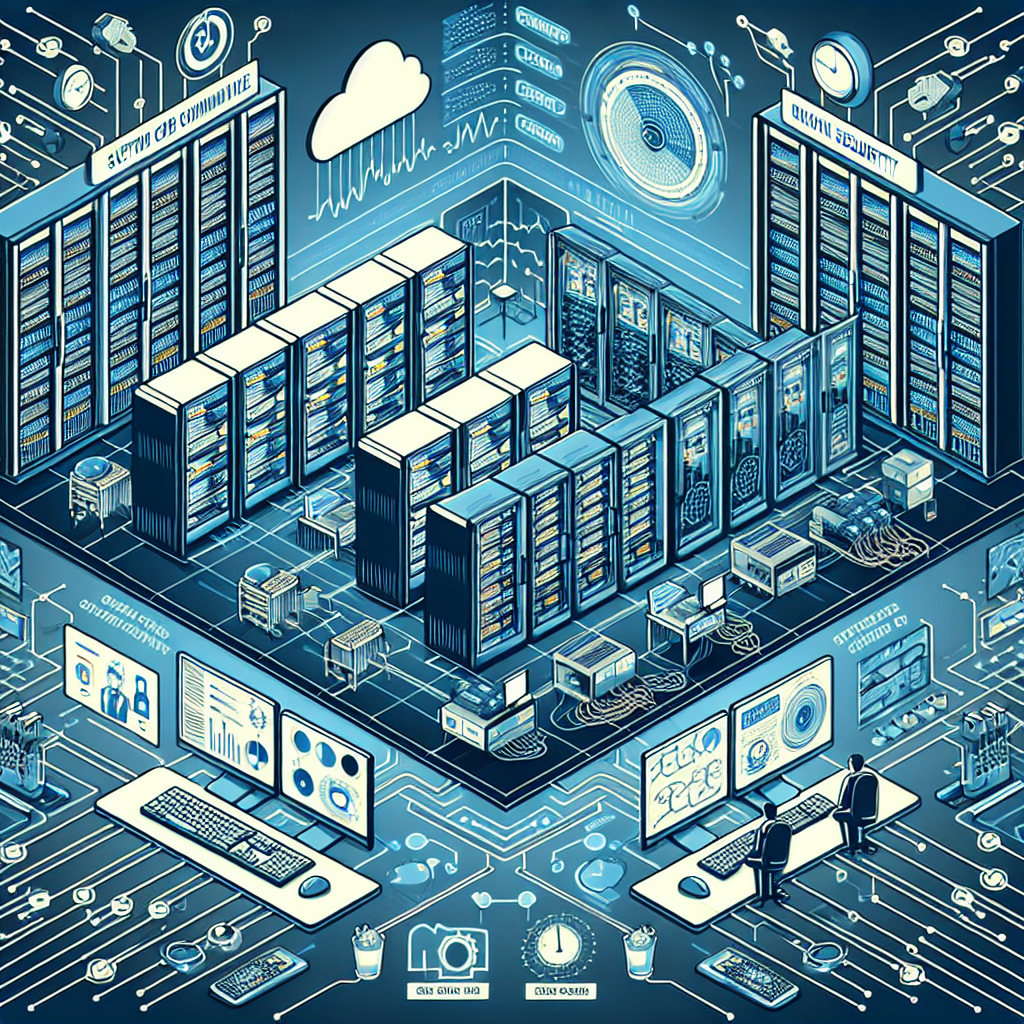Data Center Infrastructure Management (DCIM) solutions are essential for effectively managing and optimizing data center operations. However, successful deployment of DCIM solutions requires careful planning and execution. To help organizations achieve maximum benefit from their DCIM investments, here are some best practices for successful deployment of DCIM solutions:
1. Define clear goals and objectives: Before implementing a DCIM solution, it is important to clearly define the goals and objectives that the organization wants to achieve. Whether it is improving energy efficiency, optimizing capacity utilization, or enhancing monitoring and control capabilities, having clear goals will help guide the deployment process.
2. Conduct a thorough assessment of current infrastructure: Before deploying a DCIM solution, it is important to conduct a comprehensive assessment of the current data center infrastructure. This includes analyzing power and cooling systems, network connectivity, server and storage resources, and overall capacity utilization. This information will help identify areas for improvement and inform the design and implementation of the DCIM solution.
3. Select the right DCIM solution: There are many DCIM solutions available in the market, each with its own features and capabilities. It is important to carefully evaluate and select a DCIM solution that aligns with the organization’s goals and requirements. Consider factors such as scalability, ease of integration with existing systems, and vendor support when choosing a DCIM solution.
4. Plan for integration with existing systems: Successful deployment of a DCIM solution requires seamless integration with existing data center management systems, such as building management systems, network monitoring tools, and asset management databases. Prioritize interoperability and compatibility when selecting a DCIM solution and work closely with vendors to ensure smooth integration.
5. Provide comprehensive training and support: To ensure successful deployment and adoption of a DCIM solution, it is essential to provide comprehensive training to data center staff. This includes training on how to use the DCIM software, interpret data and reports, and leverage the solution to optimize data center operations. Additionally, provide ongoing support and resources to address any issues or challenges that may arise during deployment.
6. Monitor and measure performance: Once the DCIM solution is deployed, it is important to continuously monitor and measure its performance against the defined goals and objectives. Regularly analyze key performance indicators (KPIs) such as energy usage, capacity utilization, and equipment health to identify areas for improvement and optimization. Use this data to make informed decisions and drive continuous improvement in data center operations.
By following these best practices for successful deployment of DCIM solutions, organizations can maximize the benefits of their investment and achieve greater efficiency, reliability, and cost savings in their data center operations. With proper planning, implementation, and ongoing management, DCIM solutions can help organizations stay ahead of the curve in today’s rapidly evolving digital landscape.









